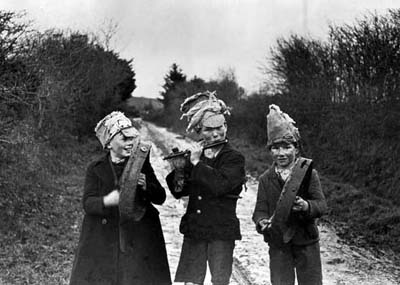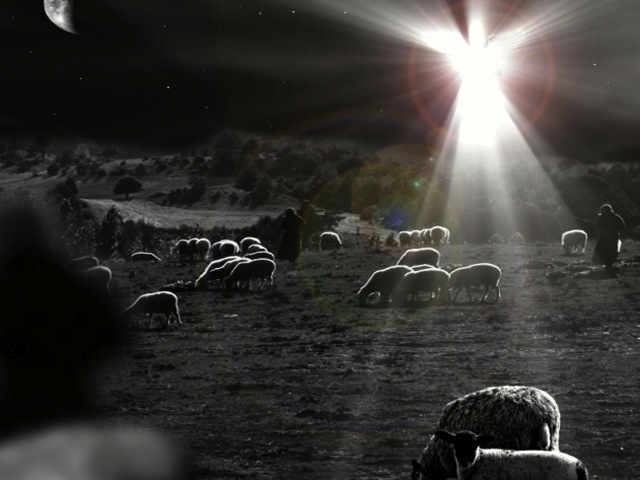
This well-known Irish song is based on a a poem written by Sigerson Clifford and is titled after the street of the same name in Cahersiveen, County Kerry.
The poem tells the story of Clifford’s friends during the Black and Tan period and up to the Irish Civil War. “Hunting for the wren” is an old Irish tradition on St. Stephen’s Day (December 26 - Wren Day).
Here it is sung by three Kerrymen, the young Padraig Ó Sé (of Dún Chaoin, Co. Kerry) with two masters, Seán Garvey and Tim Dennehy.
The Boys of Barr na Sráide
Oh the town, it climbs the mountain and looks upon the sea
At sleeping time or waking, ’tis there I’d long to be
To walk again that kindly street, the place where life began
And the Boys of Barr na Sráide went hunting for the wren
With cudgels stout they roamed about to hunt the dreólín
We searched for birds in every furze from Litir to Dooneen
We sang for joy beneath the sky, life held no print nor plan
And the Boys of Barr na Sráide went hunting for the wren
